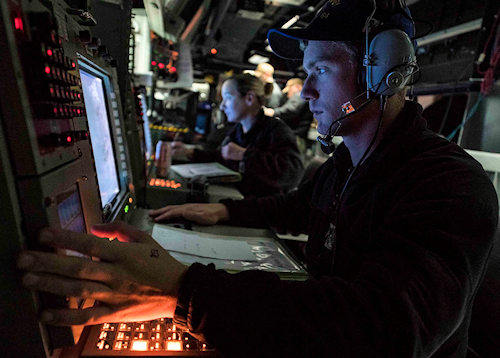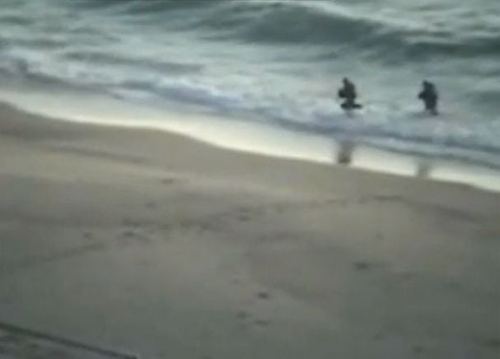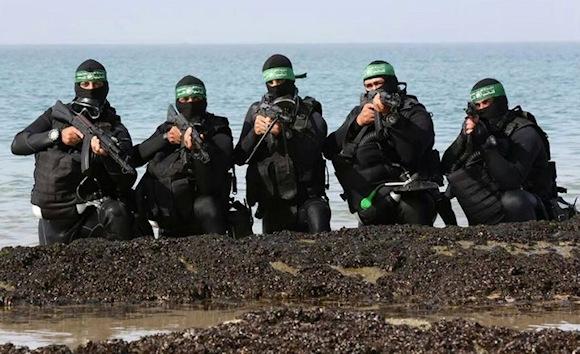The open conflict between Israel and Hamas is now a tragic fact. While the international community debates the legitimacy of the methods of operations carried out by the IDF in the Gaza Strip, attacks continue unabated on both sides, causing death and destruction.
In the media, there is often a superficial discussion of the methods used without remembering that armed conflicts also have their rules established not only by customary law, but also by international humanitarian law; in particular, there are rules accepted by the countries that have ratified them which are contained both in the Geneva Conventions of 1949 and in two additional Protocols of 1977. The legal difficulty in establishing what is "legitimate" in this case is very complex taking into account that the legitimate Palestinian state, whose qualification as a "state" is still controversial, has ratified both the Geneva Conventions of 1949 and the Additional Protocols of 1977 while the state of Israel only ratified the Geneva Conventions.
Another problem is determining whether Gaza continues to be part of the Palestinian state (which is based in the West Bank), a position not accepted by the Supreme Court of Israel which, despite the 2005 withdrawal, still considers the Strip an occupied territory. Whatever the reasons, hostilities with Hamas could be characterized as an international or internal armed conflict.
Beyond mutual legitimacy, internationally there is a common concern both for a possible intensification of the conflict and for the consequences on the population of the Gaza Strip whose number of civilian victims is increasing at a worrying rate. Unfortunately, the sowing of a disease adds to the pain of the moment deep hatred, both on one side and the other, which will only fuel future conflicts in the area.
The maritime sector
In the panorama of the last few days I want to point out two events that occurred on the sea and from the sea that I believe should be known and correctly interpreted.
The class guided missile destroyer Arleigh Burke USS Carney (DDG 64) is deployed in the 5's operational areaa US fleet to help ensure maritime security and stability in the Middle East region.

Il Carney engaged three Houthi missiles and an unknown number of Houthi drones in the Red Sea, the 19 October. While the final destination of these missiles is unknown, they have a range of over 2.000 kilometers (about 1.240 miles) so they may be capable of hitting targets in Israel. As for drones, the Houthis have a large range of long-range kamikaze drones, acquired with Iranian assistance, already used in previous attacks.
In particular, Iranian cruise missiles are considered particularly insidious Hoveyzeh (or Soumar) and lo Shahed 136, an explosive drone also heavily used by Russia in Ukraine, which has a range greater than 2,500 kilometers.
It is difficult to say whether it is the prelude to an expansion of the conflict or simply actions of "sympathizers" of the Hamas cause as in the case of the fire actions carried out recently by Hezbollah on the Lebanese border.
A second event, which also concerned the maritime field, occurred on Tuesday evening (24 October) by raiders belonging to Hamas forces against an Israeli base. Hamas stated: “A force of frogmen affiliated with the Al-Qassam Brigades managed to infiltrate by sea and land onto the beaches of 'Zikim' south of occupied Ashkelon, and armed clashes are now taking place with the occupation army in that area” - statement published on Telegram around 20:30 pm local time (13:30 pm EST).
In response, Israel reiterated, again on Telegram: “Today, IDF naval forces detected a Hamas terrorist cell emerging from a tunnel on the coast of the Gaza Strip and attempting to infiltrate Israeli territory by sea, near Zikim” ... “The Israeli Navy, IAF and ground soldiers struck the terrorists and thwarted their infiltration attempt. IDF fighter jets and navy soldiers hit the tunnel and weapons warehouse used by terrorists in the Gaza Strip.”
An action that is not surprising given that the Hamas militia has long created a naval unit equipped with fast boats and underwater boats with the task of operating covertly in Israeli territory to attack IDF bases.
According to open sources, Hamas purchased equipment, including commercial underwater scooters, on the commercial market while the instructors, probably educated in the civilian world, have over time studied and perfected covert attack tactics.
 It's not the first time: In July 2014, during Israel's invasion of Gaza, four Hamas operatives armed with automatic weapons, explosives and grenades surreptitiously swam ashore near Kibbutz Zikkim on Israel's southern coast and attempted to destroy an Israeli tank before being killed.
It's not the first time: In July 2014, during Israel's invasion of Gaza, four Hamas operatives armed with automatic weapons, explosives and grenades surreptitiously swam ashore near Kibbutz Zikkim on Israel's southern coast and attempted to destroy an Israeli tank before being killed.
According to an IDF spokesperson, Daniel Hagari, within the Palestinian organization a department of raiding divers has been created over time, made up of hundreds of men, divided into single units of five to fifteen people, in possession of commercial surface equipment and divers for civilian use but also small fast vessels for covert sabotage operations and attacks on Israeli targets.
According to Shaul Chorev, a retired Israeli admiral, head of the Maritime Policy and Strategy Research Centre of the University of Haifa, Israel in recent years has become increasingly concerned about the possibility of Hamas carrying out covert maritime attacks against military targets, in particular the defense system Iron Dome used to shoot down rockets fired by militants in Gaza.
The Israeli Navy has already successfully foiled multiple Hamas infiltration attempts by sea, both during and after the recent incursion into southern Israel earlier this month. Nonetheless, the use of the sea as an infiltration channel represents a complex challenge that can often elude even the most modern and sophisticated surveillance technologies.
Meanwhile, the hostage game continues, a means of buying time with the hope that other groups will unite against the state of Israel. For the moment the IDF intervention has been delayed thanks to international attempts to mitigate yet another bloodshed between the two sides in which the victims, as always, are often innocent civilians.
Tensions are high and, now more than ever, urgent action is needed to address the humanitarian crisis and seek a viable path towards an acceptable solution between the two sides in that troubled territory.
Photo: tasnimnews/US Navy/web
* admiral of the Italian Navy (reserve), graduated in Maritime Defense Sciences from the University of Pisa and in Political Sciences cum laude from the University of Trieste. Maritime Security analyst, he collaborates with numerous Italian and international geopolitical study and analysis centres. He is a professor of cartography and geodesy applied to marine surveys at the ISSD. In 2019, he received the Golden Trident of the Academy of Underwater Sciences and Techniques for the dissemination of the culture of the sea. He is part of the Scientific Committee of the Atlantis Foundation and of the International School of Scientific Divers (ISSD – AIOSS).
(article originally published on https://www.ocean4future.org)












